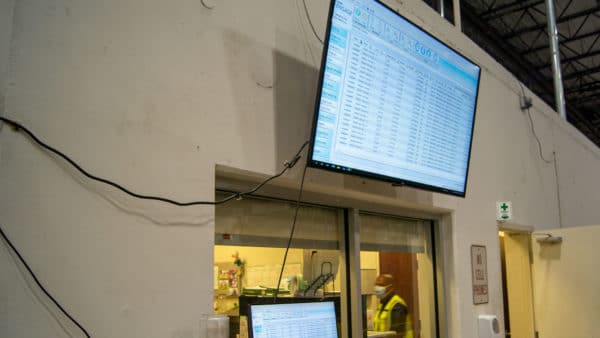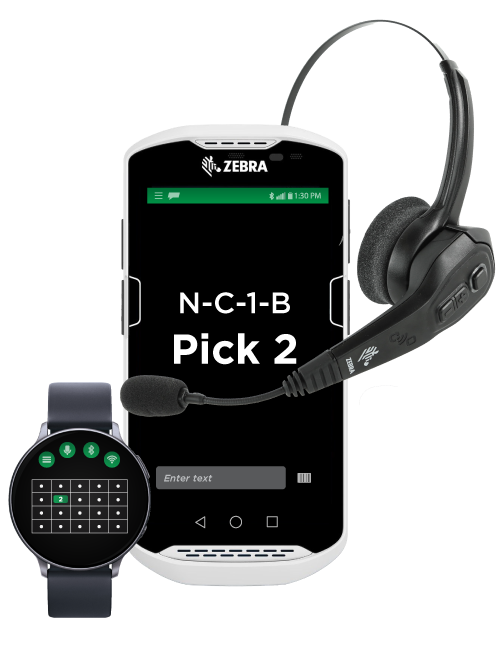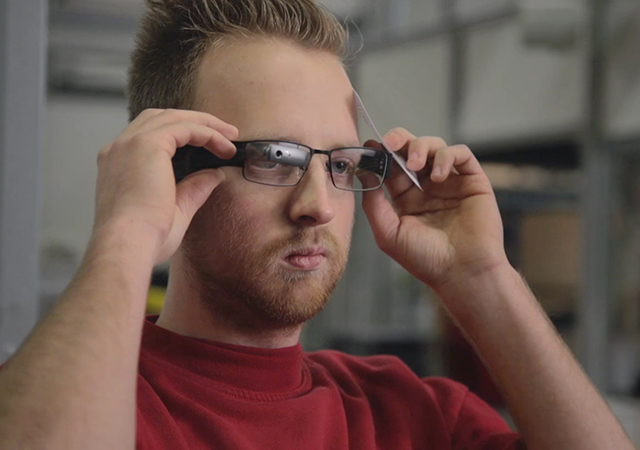 By Ben Smeland, Senior Software Engineer, Lucas Systems
By Ben Smeland, Senior Software Engineer, Lucas Systems
While labor woes are spurring many organizations to accelerate their efforts in exploring automation and technology, one rather interesting, and somewhat outside the norm area of technology that shows potential, and is being used by some organizations such as Amazon to enhance employee engagement and retention is gamification.
Gamification is defined as “the application of typical elements of game playing (e.g. point scoring, competition with others, rules of play) to other areas of activity,” in this case, work. While maybe not top of mind for many DC operators in terms of priority technology investments, based on some recent survey results, it may be worth exploring. In a survey by talent lms, 81% of respondents said that gamification provided a sense of belonging and purpose in the workplace, while 89% of the respondents said gamification boosted competition and eagerness.
Gamification makes warehouse tasks interesting and employees more engaged. It’s a creative solution to the industry-wide challenge of hanging on to your warehouse employees through the current labor shortage. There are a number of ways to leverage gamification techniques to make typically repetitive tasks more interesting. Let’s look at some of those ways through the lens of the three pillars of gamification.
3 Pillars of Gamification
Because everyone is different in terms of their needs and motivations, gamification is not a one-size fits all solution. Blending a number of approaches that cover the components of motivation for each person can help you develop a successful model. That’s where the three main pillars of gamification come in: Personal Pride, Socialization and Competition.
The first, Personal Pride, is essentially, just the simple feel good elements of being acknowledged. Nobody competes for it and it can be just about the individual worker. It can include elements such as a prompt or message letting you know that you are doing better than the goal rates that have been set, or that you are tracking to set a personal best. In the case of personal best, it can even bring out a touch of the 3rd pillar, competition.
For the past few years, as part of its trade show display, Lucas has used a simple gamification to illustrate how its Dynamic Work Optimization (DWO) solution reduces travel up to 50% compared to typical WMS-directed picking processes. In the tablet-based game DC Travel Challenge, players plot the shortest pick path through a typical DC. Most participants play the game multiple times, generally to implement their lessons learned into doing better each time.
A laboratory experiment in which two gamification elements, goal setting and feedback, were implemented in a wearable warehouse management system (WMS) interface to examine their effect on user engagement and performance in an item picking task, concluded gamification can successfully increase employee engagement, at least in the short-term. The findings also showed that the integration of self-set goals and feedback game elements had the greatest potential to generate long-term intrinsic motivation and meaningful engagement, leading to greater employee engagement and performance.
Socialization refers to the ability to interact with others so that you don’t feel isolated, you feel included and are, “in this together.” It can be something as simple as being able to use a system to send a message or a “kudos” to someone else for their hard work, or taking a job nobody else wanted. While simple, it is an effective example of social gamification. That positive reinforcement works well in the employee, supervisor interaction as well. In addition to earning points, badges and colleague kudos, employees can even receive messages on their devices from supervisors, an excellent opportunity for managers to share thanks, acknowledgement, motivation and appreciation. For instance, the Lucas management console provides managers and supervisors with unique operational tools that allow them to track associates’ productivity, send messages, and shift them to different tasks as needed to support collaboration and a team environment.
In essence, it can be anything that promotes support, collaboration and cooperation, as well as understanding. In an example that expands the socialization and understanding aspect to a broader community of the organization and family, one DC set up a picking area during a company event where children were able to use the Lucas voice-directed headset and software to pick candy they got to keep!
One Lucas customer, a leading wholesale distributor to the convenience store industry, used the socialization aspect of gamification in a unique way to assist in the orchestration and coordination of work. Large screen displays throughout their facility showed what was happening in different areas of the operation – receiving, putaway, storage, picking, packing, and shipping – so that everyone was aware at all times and could sync their efforts to meet needs. Think of it somewhat as what the coxswain does for a rowing crew – Keeping the boat on course, making sure the oars are moving in unison, and advising the team on whether they are leading or need to make up ground.
Another simple example is adding a “hot potato” game to a warehouse where the digital potato lies in wait for a picker at a location. The notification lets them know they have been “potato’d” and they can place it somewhere else with a command. At the end of the day, the team sees who got stuck with the potato last. No lost time, just something to chuckle at and be social with.
In our next post, we’ll take a closer look at pillar three of gamification, competition, which is generally the most easily understood and implemented.

Ben Smeland
Ben serves as a Senior Software Developer with Lucas Systems, leveraging more than 19 years of software development experience to challenge and innovate against software architectures in order to promote clarity, performance and sustainability.
With experience as a full-stack developer, software architect, and project manager, Ben has served in almost every capacity in the software industry, engaging with internal teams and customers to bring inventive, sustainable solutions to complicated business problems
Having earned a Bachelor of Science degree in Computer Science, as well as Master of Science in Computer Information Technology, Ben excels at critical, out-of-the box thinking and solving complexity through simplicity.
Connect with Ben Smeland.
About Lucas Systems, Inc.
Lucas Systems helps companies transform their distribution center operations and continuously adapt to changing market dynamics. We dramatically increase worker productivity, operational agility, and customer satisfaction.
Our solutions are built on 24-plus years of deep process expertise and smart software using AI and voice technologies. Our solutions feature Jennifer™, the brain, voice, and orchestration engine that drives performance improvement gains. Make the smartest moves at the lowest cost with Jennifer™. For more information, visit www.lucasware.com.





